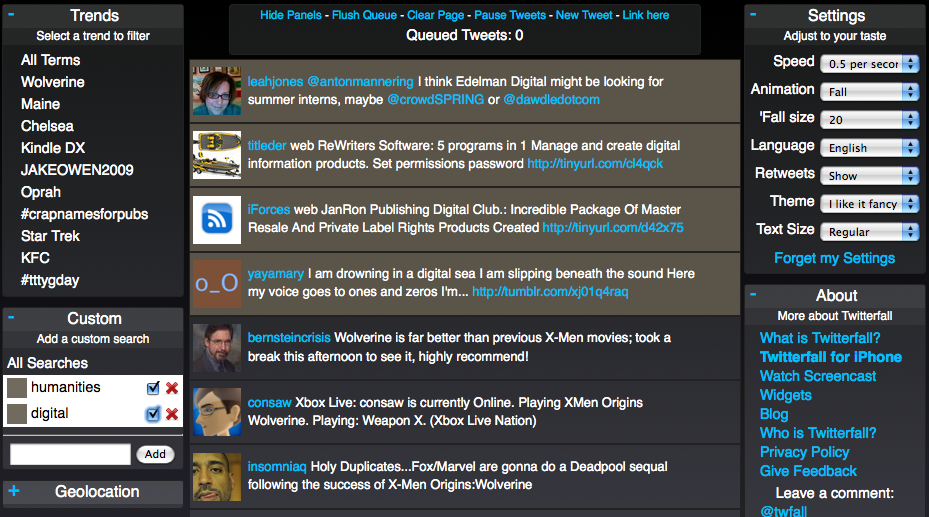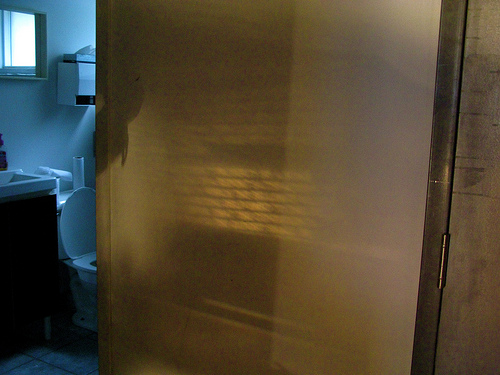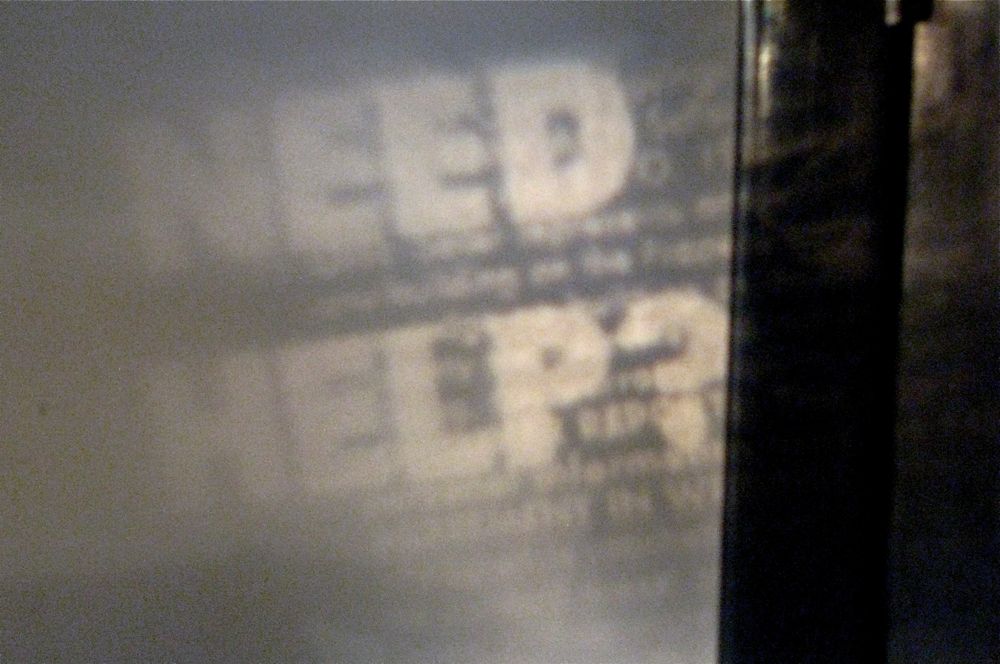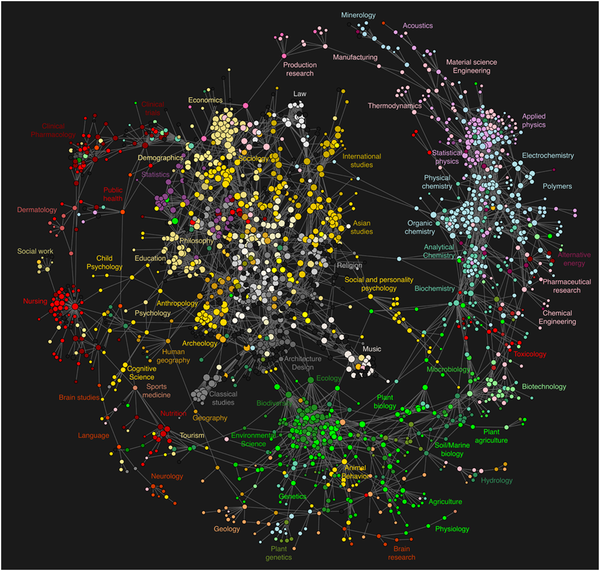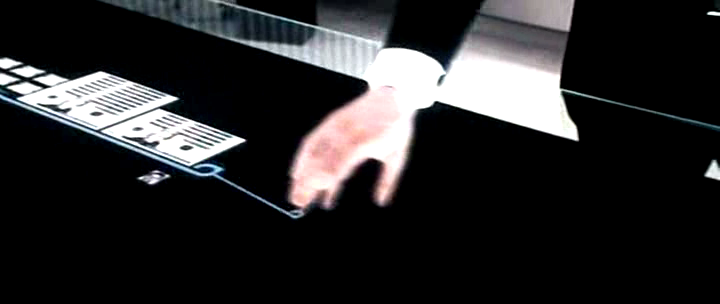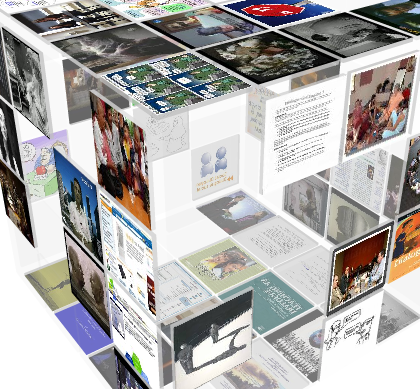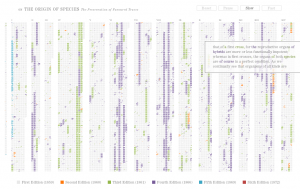
Sean pointed me to a lovely visualization by Ben Fry called The Preservation Of Favoured Traces. The animated visualization shows the edits of Darwin’s The Origin Of Species edition by edition. It is a rich-prospect view of the entire work with color coded lines where changes were made. It was developed in Processing. Ben Fry says the following about the project:
We often think of scientific ideas, such as Darwin’s theory of evolution, as fixed notions that are accepted as finished. In fact, Darwin’s On the Origin of Species evolved over the course of several editions he wrote, edited, and updated during his lifetime. The first English edition was approximately 150,000 words and the sixth is a much larger 190,000 words. In the changes are refinements and shifts in ideas — whether increasing the weight of a statement, adding details, or even a change in the idea itself.



